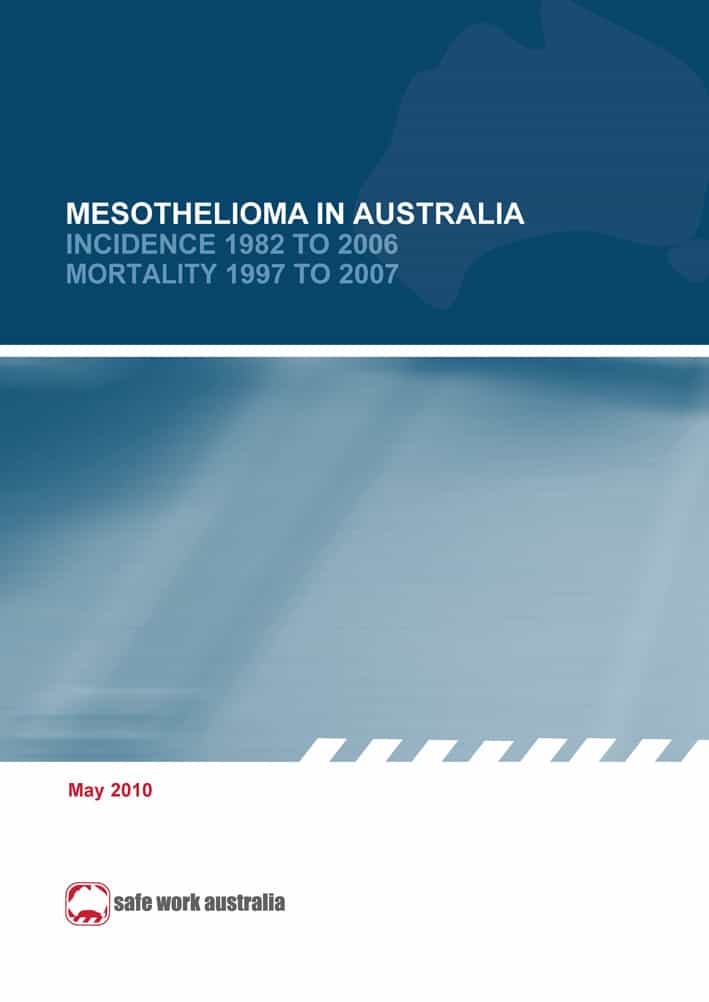Over the last few days there has been considerable media attention around the world about the Interphone study into mobile phones and cancer. The report says that there is an increased risk of some brain cancers for heavy mobile phone users but is this a concern for employers who are obliged to provide a workplace and work activity that is without risk?
The Interphone study is important for many reasons but ultimately it established an anchor point or a reference point on mobile phones and cancer. The fact that it was largely inconclusive, in this context, is far less important. Professor Bruce Armstrong summed up his take on the report in a media briefing on 18 May 2010 where he acknowledged continuing uncertainty on the hazard of brain tumours and mobile phones. Listen to Prof. Armstrong below:
Continue reading “What the mobile phone/cancer study means for workplaces”

